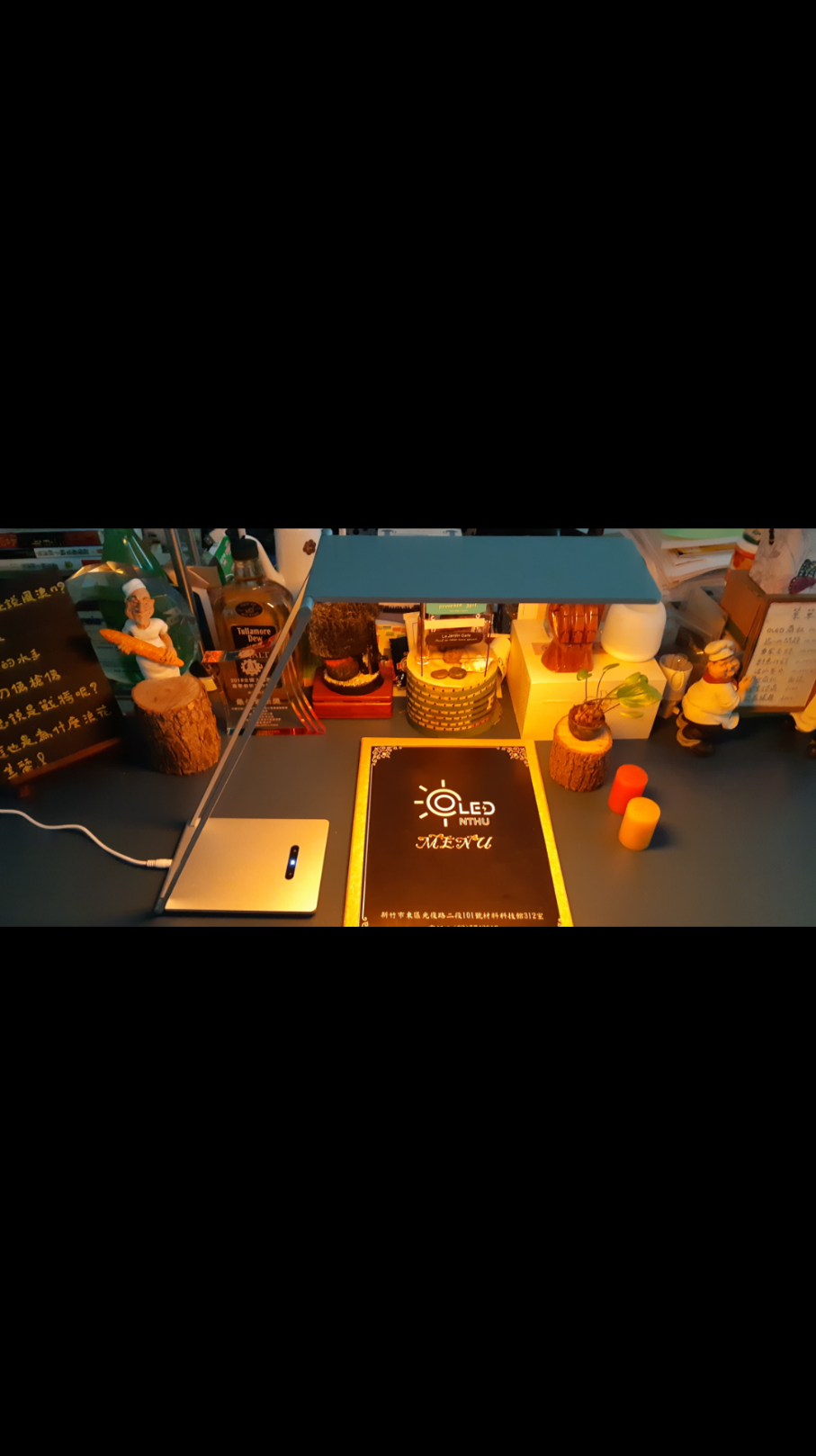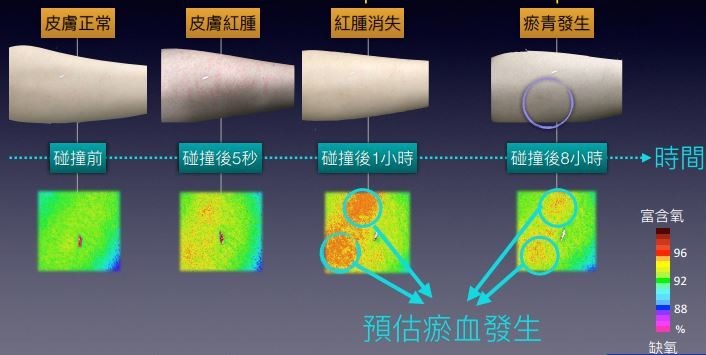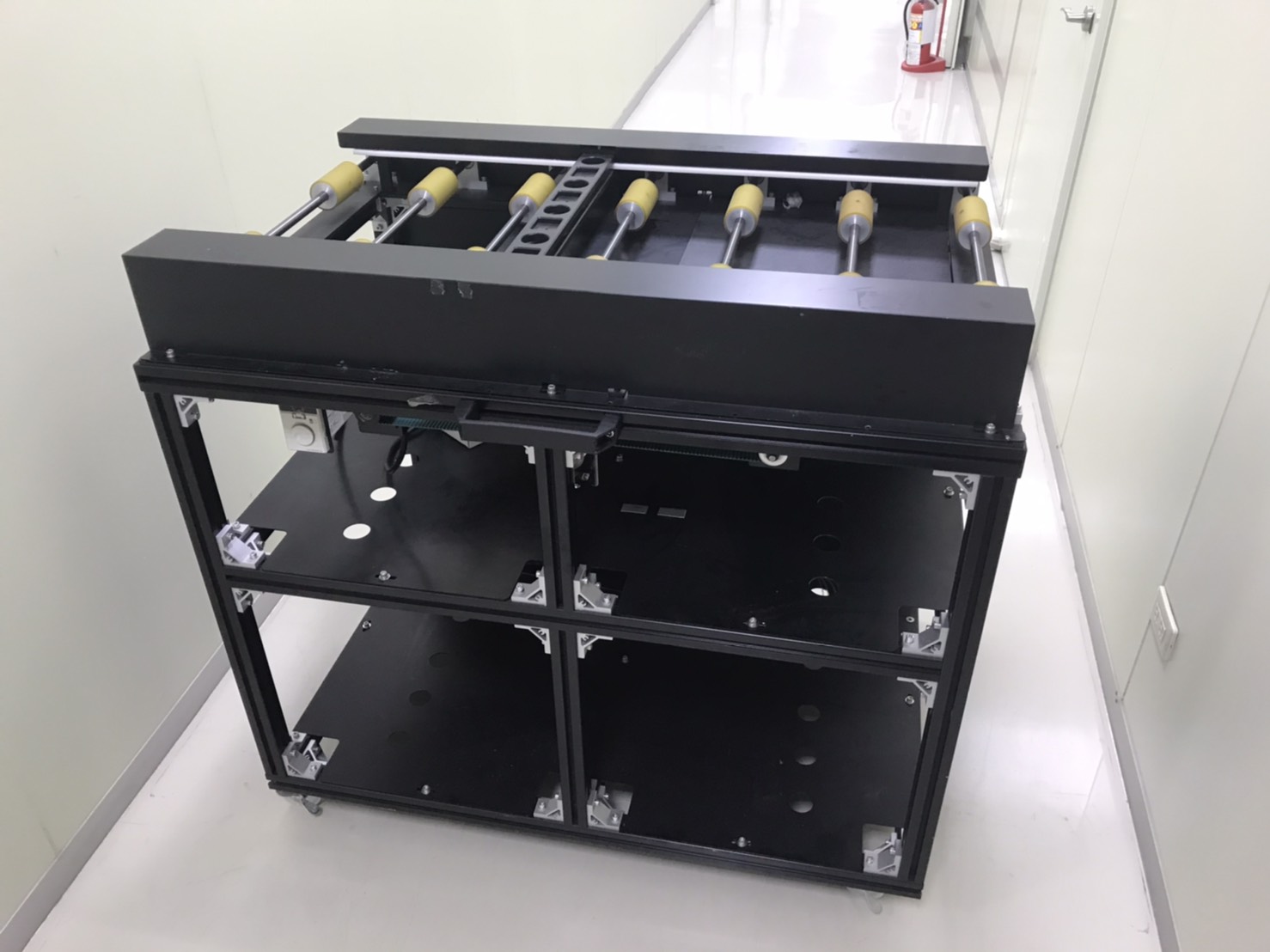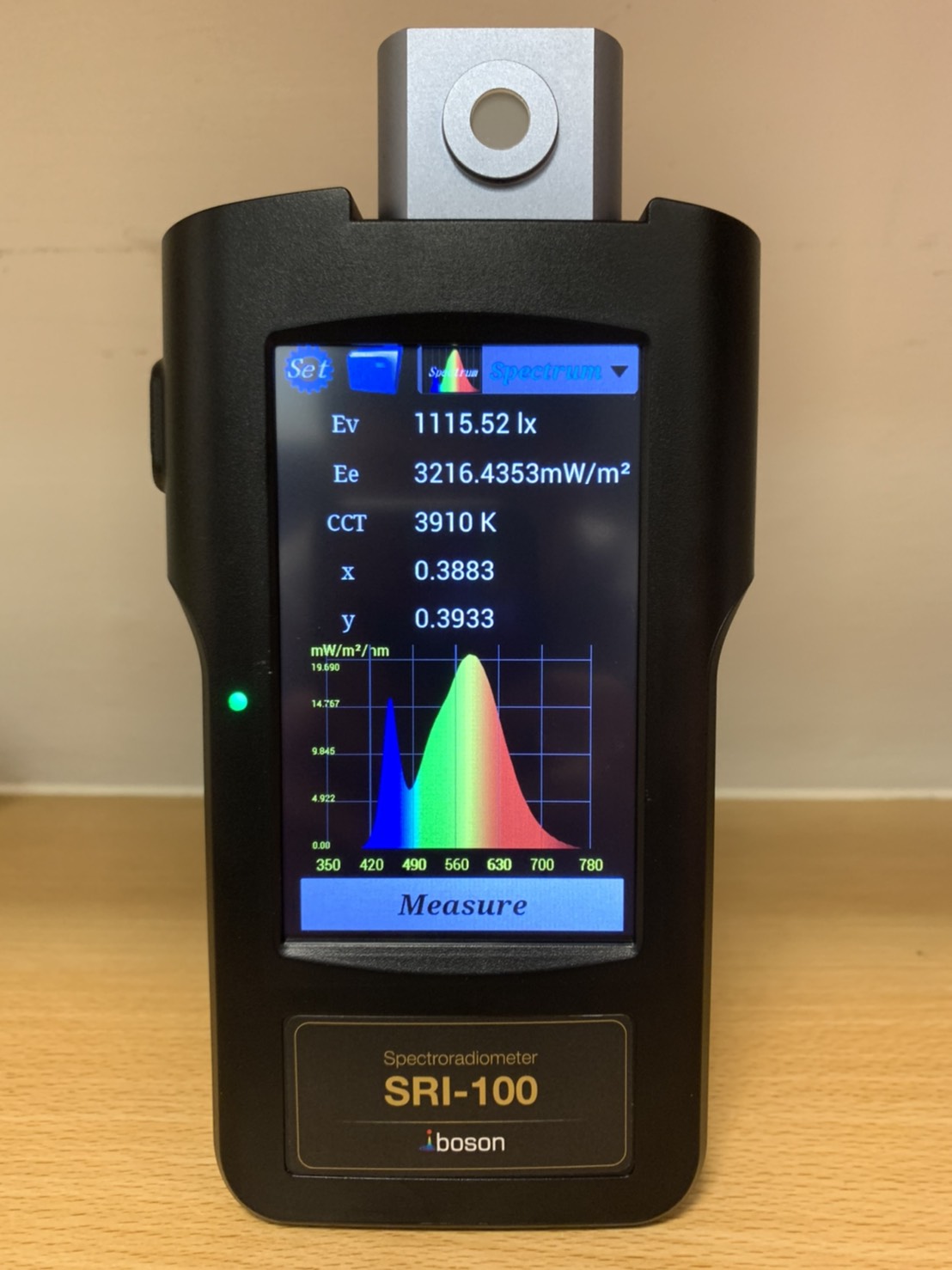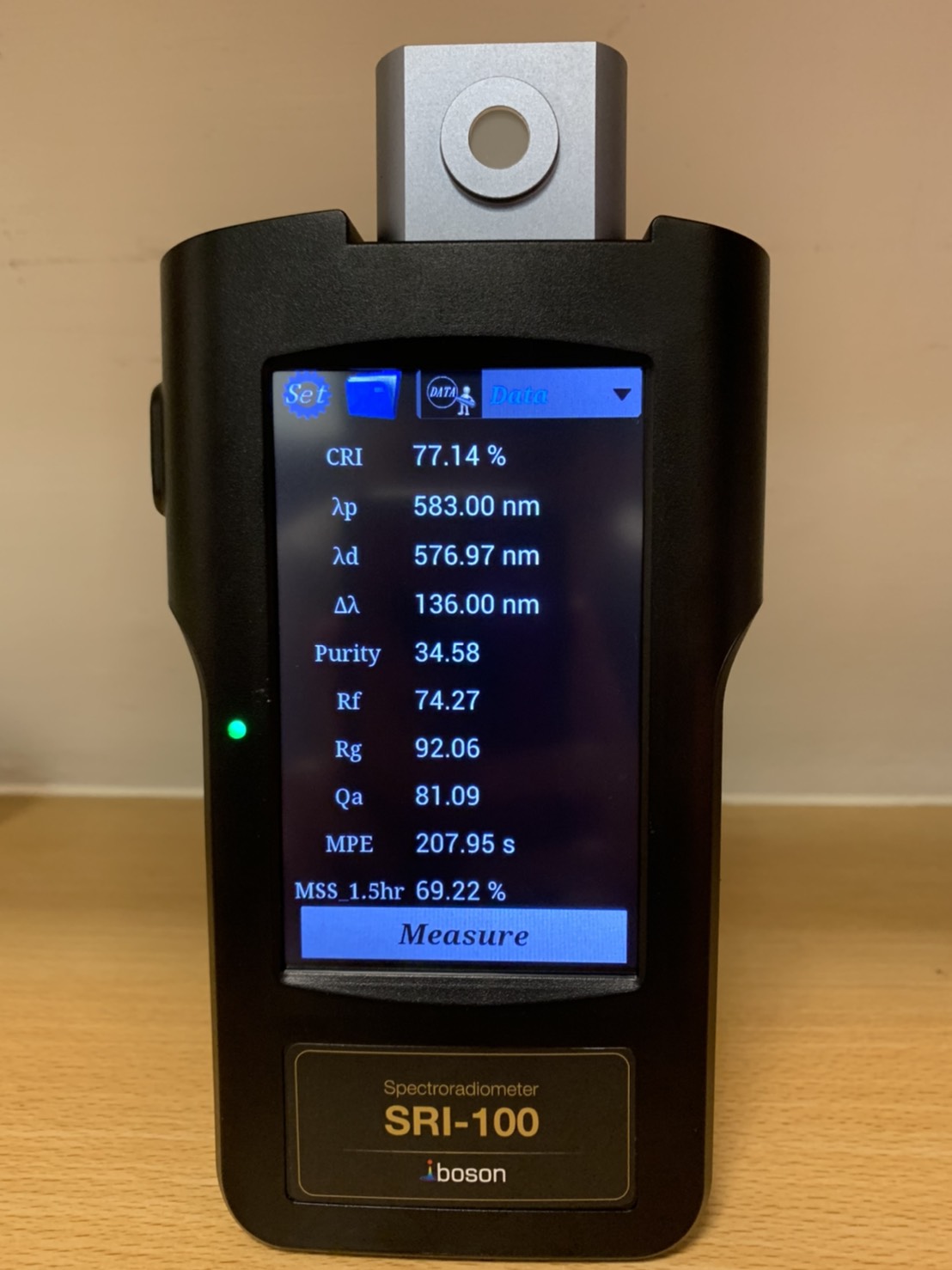| Technical Name | Novel Bluelight Hazard Quantitative Spectrometer | ||
|---|---|---|---|
| Project Operator | National Tsing Hua University | ||
| Project Host | 周卓煇 | ||
| Summary | Professor Jwo-Huei Jou established “melatonin suppression sensitivity (MSS)”, which is the world’s first index that can quantify the suppression of melatonin secretion and the damage caused by the measured light source; In addition to MSS, he also uses “maximum permissible retina exposure limit (MPE)” as another method to quantify bluelight hazard. In addition, in 2014, a new light quality index proposed by Professor Jou, “spectrum resemblance index (SRI)”, is expected to replace the current CRI (color rendering index) and establish a new specification for photovoltaic industry. In 2019, Professor Jou and iBoson Technology developed Novel Bluelight Hazard Quantitative Spectrometer, which is the world's leading quantifiable bluelight hazard instrument, including MSS, MPE and SRI measurement technology, and is easy to carry, easy to operate, and applicable to various light source environments. |
||
| Scientific Breakthrough | There are three scientific breakthroughs in this device,(1) using a complete melatonin inhibition spectrum to quantify the inhibitory effect of all visible light on melatonin-MSS; (2) implanting to quantify Know that all visible light may cause retinitis how to calculate the maximum tolerable exposure limit of the retina under any given light source and illuminance-MPE; (3) the solar spectral similarity index SRI, to determine the light quality of all artificial light or natural light. |
||
| Industrial Applicability | Novel buelight hazard quantitative spectrometer uses a patented technology "Device for measuring the degree of melatonin suppression", which can measure the degree of melatonin suppression (MSS) of the light source and the maximum permissible exposure limit (MPE) of the retina to determine its impact on human whether it is harmful or not. It can be used to inspect and test the lamps produced by major manufacturers at anytime and anywhere. It can be displayed on the screen in only 5 to 10 seconds, and it is certified to provide consumers a blue hazard free environment. |
||
| Keyword | bluelight quantitative spectrometer MSS MPE SRI novel melatonin Jwo-Huei Jou patent | ||
- hjchen0919@gmail.com
other people also saw

